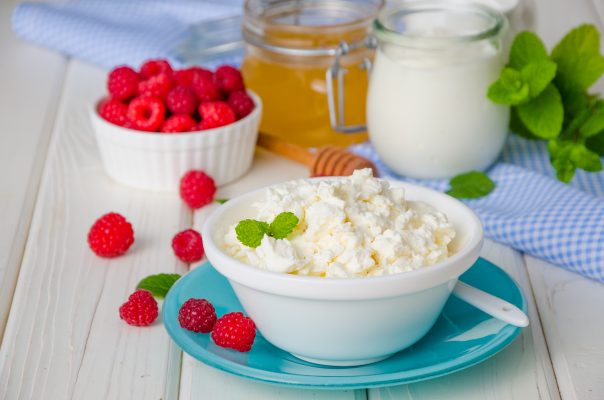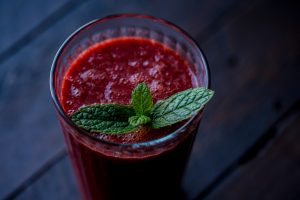These fermented foods from around the world are rich in multiple strains of live bacteria, enzymes, and nutrients that can:
- Improve digestion
- Boost immunity
- Enhance mood and mental clarity
- Support skin health and weight management
Here are five probiotic-rich superfoods that go beyond curd in gut health benefits—plus simple ways to add them to your diet.
1. Kimchi – Korea’s Spicy Gut-Health Hero
What is it? Kimchi is a traditional Korean dish made from fermented cabbage, radish, and spices like garlic, ginger, and chili. It’s tangy, spicy, and crunchy.
Why it’s better than curd:
- Rich in diverse Lactobacillus strains
- Reduces inflammation and supports immunity
- Garlic and ginger provide added antimicrobial benefits
How to eat it:
- Serve a spoonful as a side with rice or lentils
- Mix into fried rice or noodles
- Use as a topping for wraps or sandwiches
📝 Tip: Start with small portions—kimchi has a bold flavor and strong probiotics.
2. Sauerkraut – Germany’s Fermented Cabbage Powerhouse
What is it? Sauerkraut is finely shredded cabbage fermented in salt water. It’s slightly sour and full of lactic acid bacteria.
Why it’s better than curd:
- Multiple probiotic strains improve digestion
- Boosts nutrient absorption
- Rich in Vitamin C and fiber
How to eat it:
- Add to salads or grain bowls
- Top burgers or sandwiches
- Eat a spoonful with any meal
📝 Note: Choose raw, unpasteurized sauerkraut to retain live cultures.
3. Miso – Japan’s Umami-Rich Gut Support
What is it? Miso is a fermented soybean paste, often combined with rice or barley, and used in many Japanese recipes.
Why it’s better than curd:
- Contains Aspergillus oryzae for digestive support
- Enhances immune function
- Provides B vitamins, protein, and antioxidants
How to eat it:
- Mix into warm (not boiling) water for a quick miso soup
- Use as a marinade or salad dressing base
- Add to stews for a rich, savory depth
📝 Caution: Miso is high in sodium—use moderately.
4. Tempeh – Indonesia’s High-Protein Gut Food
What is it? Tempeh is a fermented cake made from whole soybeans. It’s firm, nutty in flavor, and great for plant-based meals.
Why it’s better than curd:
- Contains Bacillus subtilis for gut healing
- High in complete protein and fiber
- Supports better nutrient absorption
How to eat it:
- Stir-fry with veggies and sauces
- Use in sandwiches, wraps, or salads
- Grill or bake as a meat substitute
📝 Bonus: Tempeh has a “meaty” texture and is a favorite among vegans and vegetarians.
5. Kombucha – The Fizzy Fermented Tea
What is it? Kombucha is a lightly fizzy drink made by fermenting tea with sugar and a SCOBY (symbiotic culture of bacteria and yeast).
Why it’s better than curd:
- Rich in probiotics, enzymes, and antioxidants
- Supports gut-brain connection
- Detoxifies the liver and aids digestion
How to drink it:
- Have 100–150 ml daily as a digestive boost
- Use after meals or mix with fruit juice
- Try different flavors like ginger, lemon, or berries
📝 Note: Always choose raw, unpasteurized kombucha with minimal added sugar.
Why Go Beyond Curd?
While curd is a good source of probiotics, its bacterial variety is limited. These global fermented foods offer:
- More diverse probiotic strains
- Additional nutrients like fiber, enzymes, and antioxidants
- Greater benefits for digestion, immunity, and mood
Conclusion: A Healthier Gut, One Bite at a Time
From kimchi to kombucha, these powerful probiotic foods go beyond what curd can offer. You don’t need to eliminate curd—but diversifying your probiotic sources will strengthen your gut, reduce inflammation, and support your overall health.
Mix up your plate. Think globally. Eat gut-friendly.
Your digestive system—and your entire body—will thank you.





